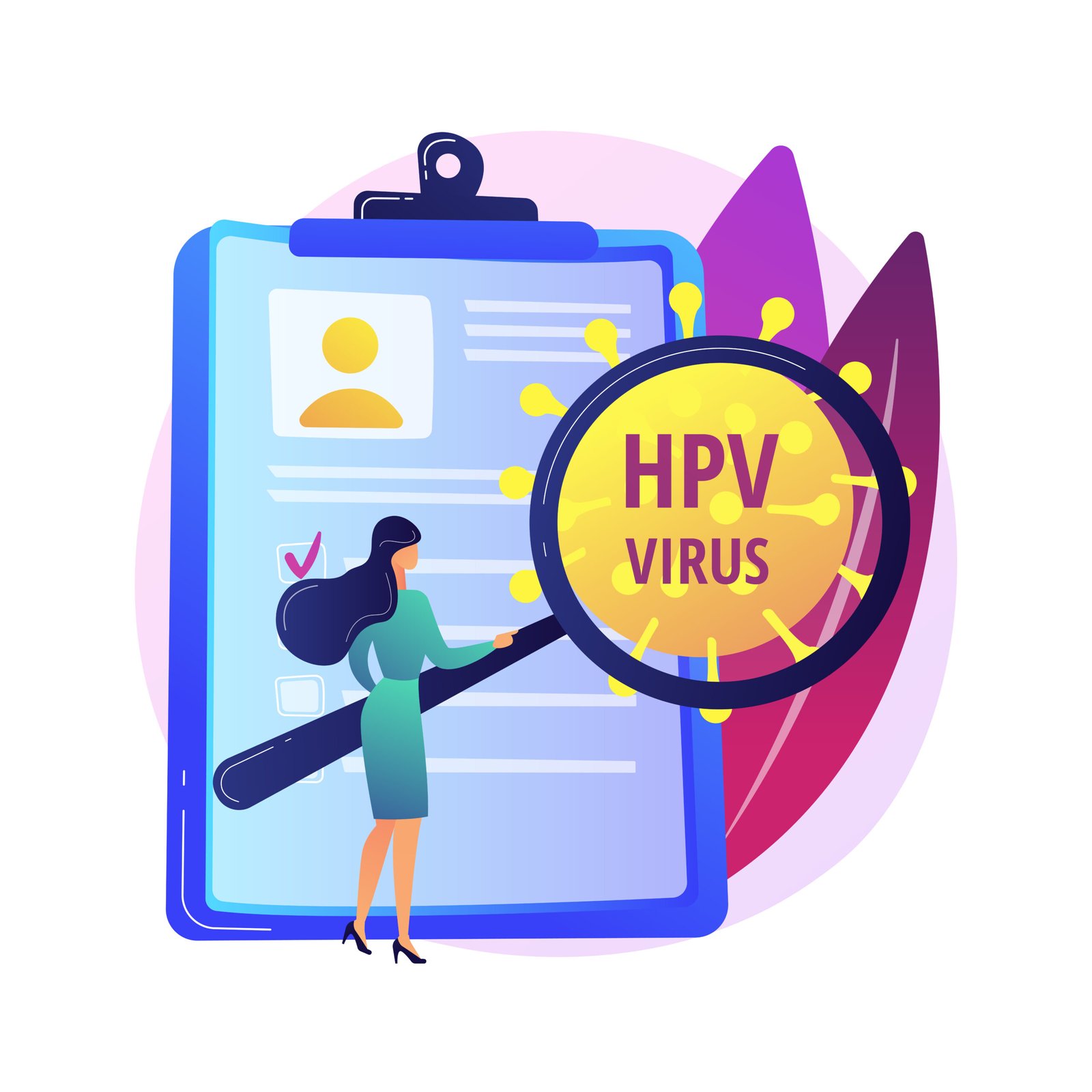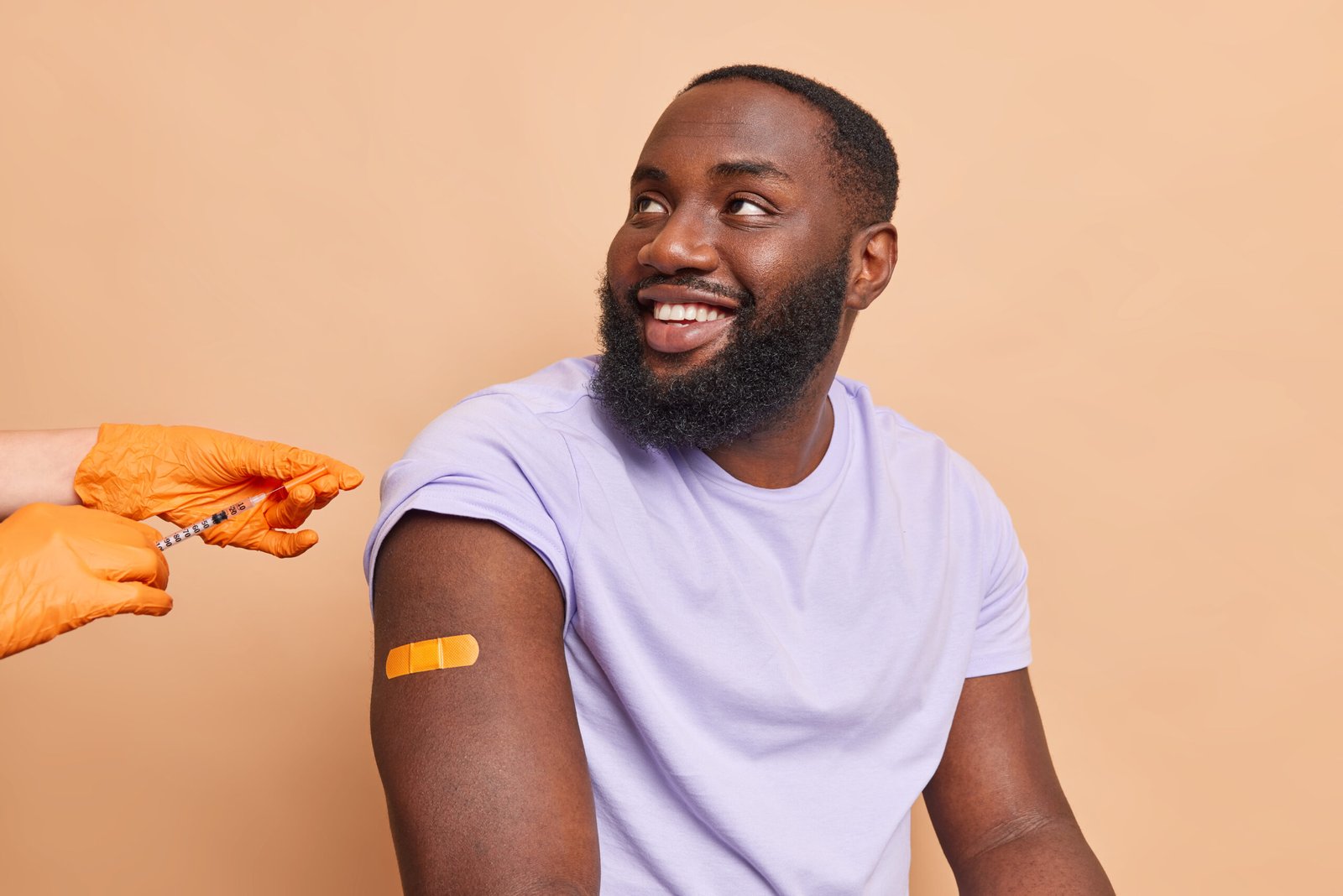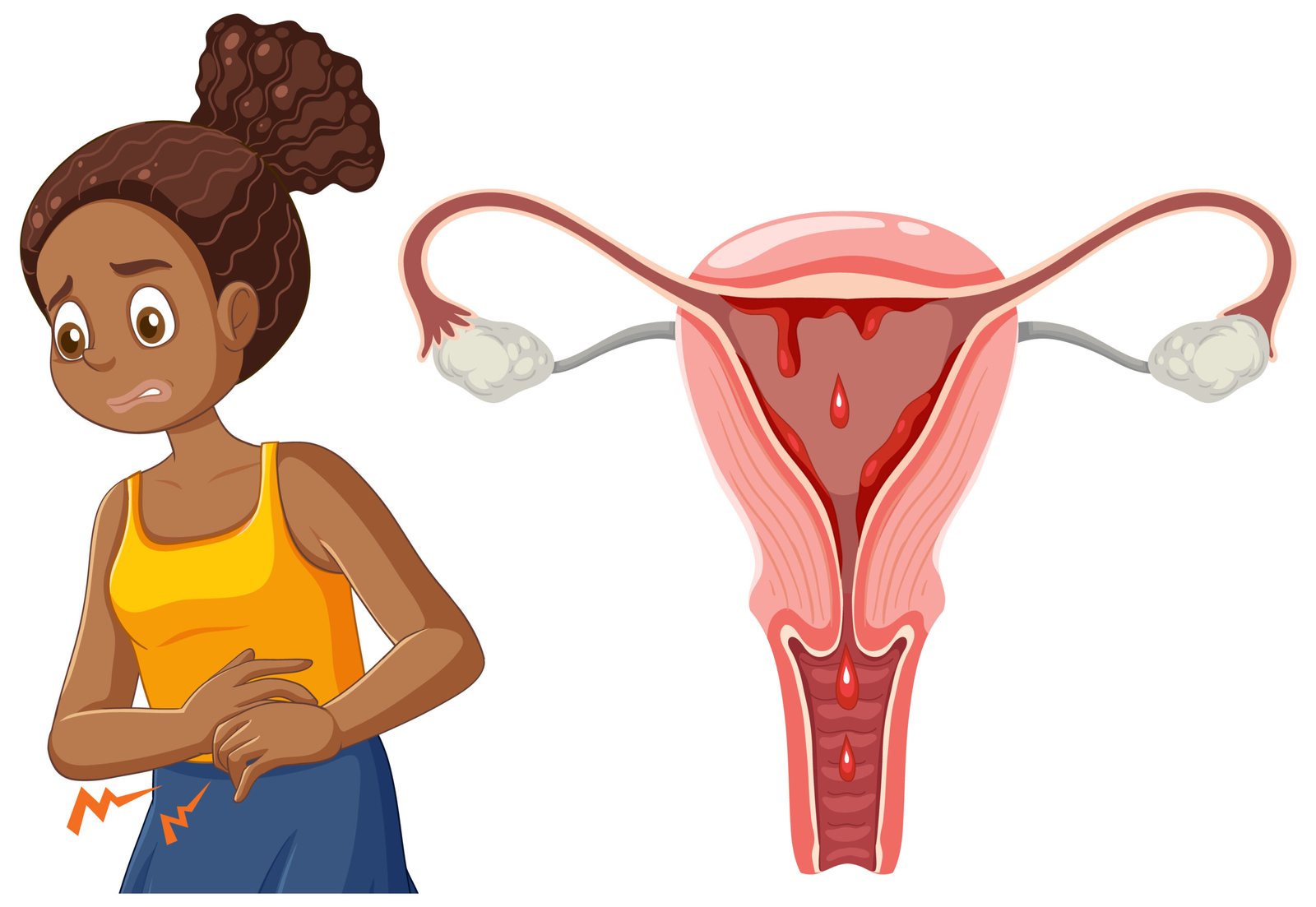
MALARIA: What You Should Know.
Introduction:
Malaria means “bad air” because, in the 1700s, it was originally believed to be caused by poisonous vapor that rose from swamps, and so the disease was associated with swampy lands. Later (in the 1800s), the plasmodium species was found in mosquitos, and the studies developed into what we know today. But does that mean malaria has nothing to do with swampy areas?
Let’s start from the beginning, shall we? I’ll do my best to reduce the technical jargon
The WHO website has this to say:
“Malaria is an acute febrile illness caused by Plasmodium parasites, which are spread to people through the bites of infected female Anopheles mosquitoes. It is preventable and curable”
This means a parasite species called plasmodium species tags along with a certain type of mosquito (female Anopheles mosquito). When that mosquito bites a human to take some blood, the parasite is transmitted to that human. The plasmodium parasite (which could be Falciparum, Malariae, Vivax, Ovale, or Knowlesi) then develops and grows through its life cycle in the human. It feeds off the red blood cells of the host and causes serious damage to different tissues and organs of the host.
I mentioned 5 members of the plasmodium species that cause disease in humans.
Did you notice that?
Of the 5, Plasmodium Falciparum and Vivax pose the greatest threats. In Africa, falciparum is the deadliest and most prevalent and that’s why the most common rapid test kit screens for plasmodium falciparum.
So, what makes malaria so dangerous and life-threatening?
Even though the most common early symptoms of malaria are fever, headache, and chills (mild and uncomplicated), some types of malaria can cause severe illness and death. Infants, children under 5 years, sickle cell patients, pregnant women, travelers, and people with HIV or AIDS are at higher risk. Severe symptoms include:
- extreme tiredness and fatigue
- difficulty breathing
- dark or bloody urine
- jaundice (yellowing of the eyes and skin)
- abnormal bleeding
- multiple convulsions
- impaired consciousness and death
Different factors contribute to the severity of the disease. This means that while one person could have headache, fever, and chills, and feel better after a 3-day treatment course, another person could be admitted to the hospital and need more intensive care.
Remember, plasmodium falciparum poses the greatest threat.
I’ll highlight a few other factors that could contribute to the severity of the disease:
- Age: statistics show that children under 5 are the most vulnerable age group
- Poor nutritional status: societies with poor nutritional health suffer more severe symptoms than people with adequate nutritional health
- Weak immune status: the inability of the host to fight off the parasite and destroy it at different stages. This includes the individual and community
- Drug-resistant parasites that don’t respond to basic medication
It has been observed that people who have suffered malaria in the past tend to do better than those who suffer from the disease for the first time. From the perspective of public health, it should be good news to know that a society can increase tolerance to the effects of a disease, however, the reverse is the case. Sadly, this has become a “norm” in some countries in Africa like Nigeria where the average Nigerian knows how to diagnose and treat themselves and so they self-medicate, even as a routine.
Here’s the thing about these parasites: they are persistent and must survive. With every generation of new parasites, they evolve to survive. The abuse of antimalarial medication (whether by overuse or substandard medications) has become a major factor to the prevalence of malaria.
Who should we blame? No one! Let’s find a way forward by understanding what worked in the past –
PREVENTION!
There has been more talk on curing malaria and less talk on prevention. Is it because prevention has failed? Are we doing enough to prevent people from getting infected?
Let’s do a quick test:
Can you list 5 ways to prevent yourself from malaria?
Great job! Now how many of them do you do for yourself?
Do you encourage others to do the same, or do you just relax and take medications because they are readily available?
Do you follow the prescriptions the right way?
Take a moment and think of a world without malaria and don’t settle for a world with malaria as a norm.
Change starts with the right mindset!
Finally, prevention is better than cure.
- Keep a clean environment (avoid swamps and ponds)
- Use window screens for your house, offices, and other buildings
- Use designated treated mosquito nets
- Use mosquito repellants
- Avoid taking antimalarial medications without a diagnosis
- Always test before you treat
- While on treatment, ensure you eat well, stay hydrated and take time to rest and recuperate
Thank you for reading.
See you on the next blog post.
Disclaimer: This blog is for informational purposes only and should not replace professional medical advice. Always consult with your healthcare provider for personalized medical care and recommendations.











